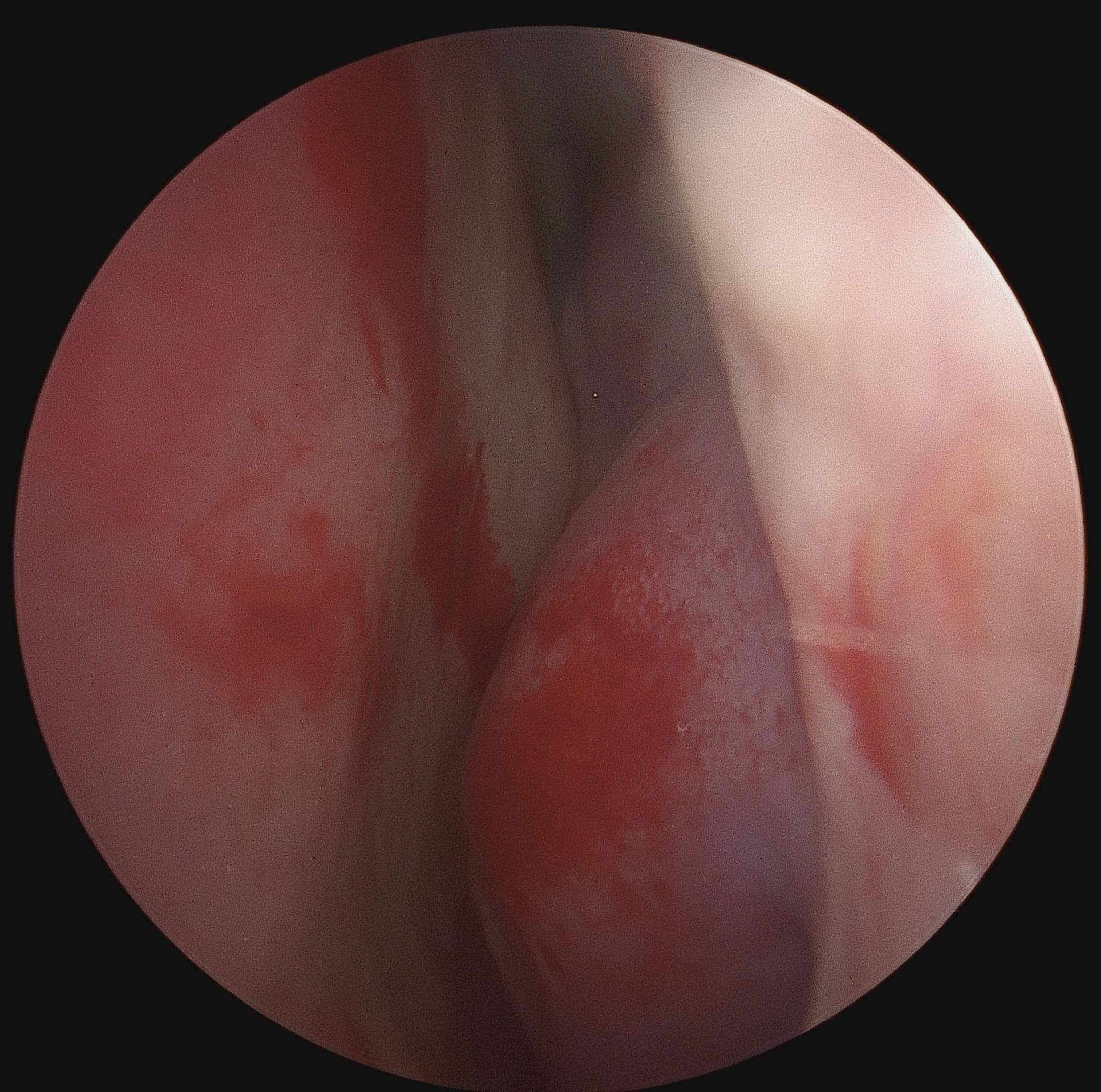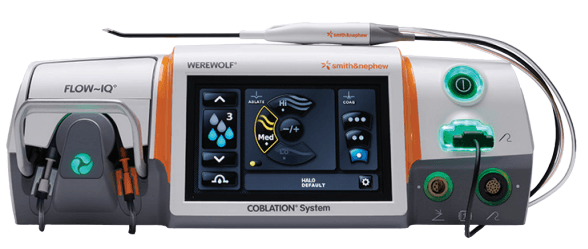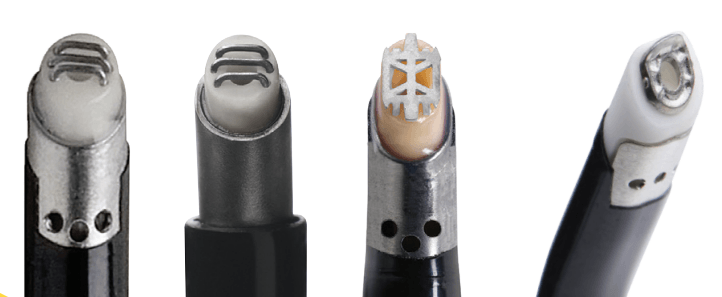Surgeries of the Nose & Sinus
Turbinoplasty
Turbinoplasty is a key-hole surgical procedure aimed at reducing the size or reshaping the nasal turbinates to improve nasal airflow and alleviate symptoms such as nasal congestion. It is typically considered for individuals who have chronic nasal obstruction that does not respond adequately to conservative treatments such as nasal sprays or medications. Common indications include: Inferior turbinate hypertrophy (enlargement), nasal valve collapse and chronic sinusitis.
For most patients, a procedure known as submucous resection (also called inferior turbinate reduction surgery, submucosal turbinoplasty or inferior turbinoplasty) can be used to treat the condition. This involves carefully lifting the mucosa (lining) covering the turbinate and dissecting it to expose the underlying turbinate bone. Using specialised instruments, the surgeon removes a portion of the horizontal component of the turbinate bone. This reduction in bone size helps to decrease the overall volume of the turbinate. Careful attention is paid to preserve as much of the mucosal lining as possible. The remaining mucosa is often reshaped and repositioned to maintain its function in humidifying and filtering the air passing through the nose.
Two other types of turbinoplasty are: Radiofrequency Turbinoplasty where radiofrequency energy is used to shrink and reduce the volume of the turbinate tissues; and Laser Turbinoplasty where laser energy is used to reduce turbinate size and improve airflow. Both are performed under local anaesthesia and may be suitable for selected cases.
ARIS Coblation for Turbinoplasty is a more evolved procedure to treat enlarged turbinates which in turn contributes to nasal obstruction and congestion. Advanced Radiofrequency Integrated System (ARIS) Coblation is a specific brand that incorporates COBLATION technology for turbinate reduction procedures. With high precision and control, it may offer enhanced performance and reliability compared to other coblation systems or traditional methods.
The ARIS COBLATION Turbinate Reduction Wand is engineered to offer versatility in treating hypertrophic turbinates submucosally, providing surgeons with precise control over tissue removal tailored to each patient's needs. Utilising Smith+Nephew’s advanced COBLATION Plasma Technology, this wand ensures a minimally invasive approach for turbinate reduction procedures, emphasising customisation, flexibility, and surgical precision. This wand utilises Smith+Nephew’s advanced COBLATION Plasma Technology to provide a minimally invasive way to reduce hypertrophic turbinates. With three ablation and coagulation modes for desired tissue effect, it also provides intraoperative visual reduction of the turbinate and integrated haemostasis (process to prevent bleeding) with coagulation functionality.



After Surgery
The surgery is done endoscopically under general anaesthetic. There are no external scars and no facial bruising. The patient satisfaction rate is very high with this procedure and most patients report a significant improvement in breathing, sleep quality and their overall quality of life.